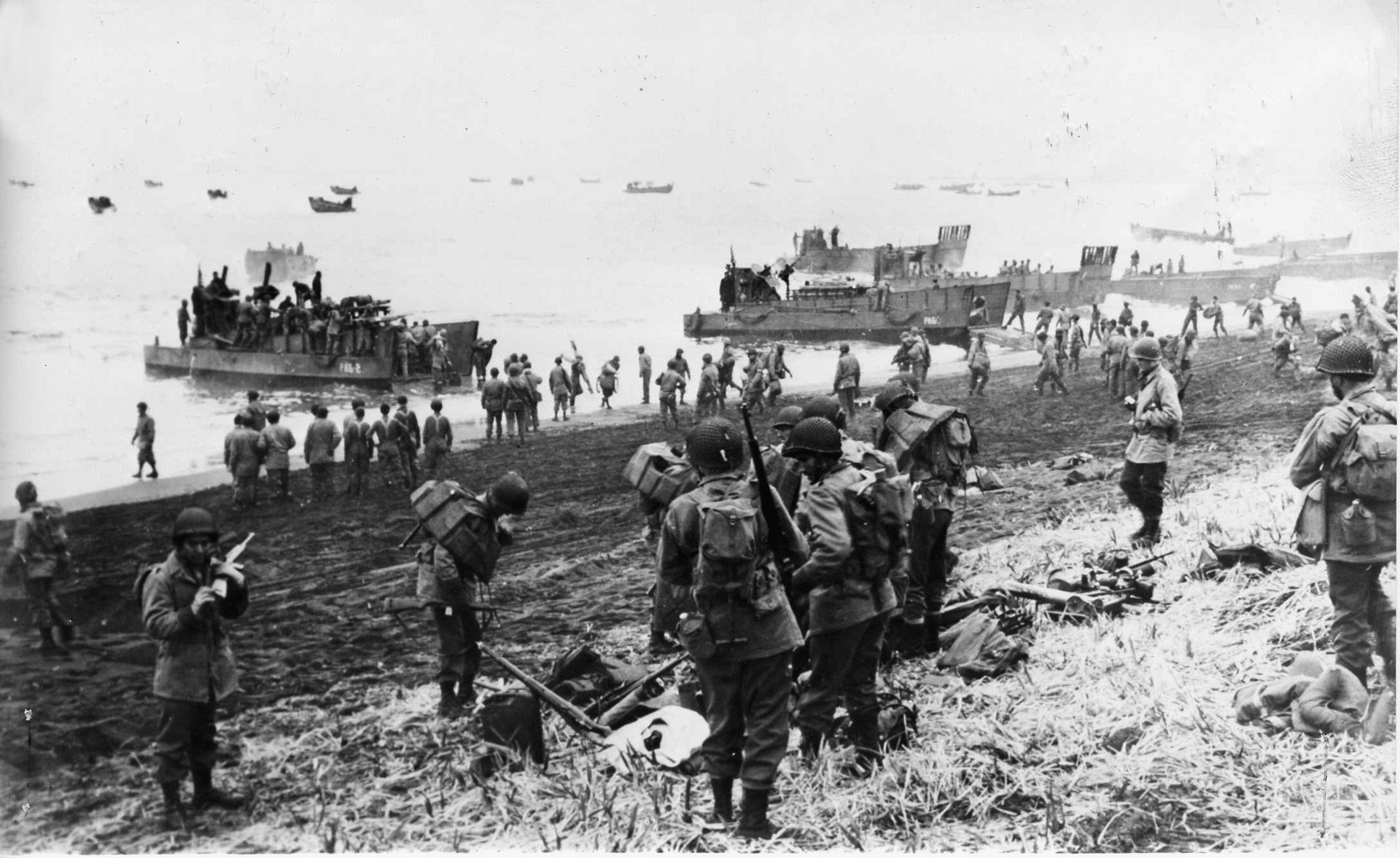April 1st, 1945, marked the beginning of one of the bloodiest and most harrowing campaigns of World War II: the Battle of Okinawa. This three-month-long struggle, fought on the southernmost islands of the Japanese archipelago, stands as a stark testament to the ferocity of warfare and the immense sacrifices made in the name of restoring peace. Beyond its immediate impact, the Battle of Okinawa left a profound legacy, shaping post-war strategic thinking and leaving an indelible mark on the collective memory of those who lived through it.
Strategically, Okinawa's significance was undeniable. The island served as a critical stepping stone in the Allied advance towards the Japanese mainland. Capturing it would provide crucial airfields for bombing raids and staging areas for the anticipated invasion of Japan itself. The Japanese, recognizing this, were determined to defend Okinawa at all costs, employing a strategy of relentless defense and utilizing the island's natural terrain to their advantage.
The battle unfolded with a brutal intensity that shocked even seasoned veterans. The initial American landings were met with relatively light resistance, a deceptive calm before the storm. The Japanese forces, under the command of Lieutenant General Mitsuru Ushijima, had retreated into the island's intricate network of caves and tunnels, transforming the entire island into a fortified bastion. They employed a strategy of attrition, inflicting maximum casualties on the advancing American forces.
The fighting was characterized by its unrelenting ferocity. The Americans faced a seemingly endless barrage of artillery, mortar fire, and suicide attacks, including the infamous “kamikaze” pilots who crashed their planes into Allied warships. The close quarters combat within the caves and tunnels was particularly harrowing, with soldiers fighting hand-to-hand in the suffocating darkness. The battle was a grind, a brutal contest of wills where every inch of ground was contested.
The sacrifices made during the Battle of Okinawa were staggering. American casualties were immense, with over 12,000 soldiers, sailors, and airmen killed and tens of thousands wounded. The loss of warships, particularly destroyers and landing craft, was significant. However, the toll on the Japanese side was even more devastating. It is estimated that over 100,000 Japanese soldiers perished, along with tens of thousands of Okinawan civilians caught in the crossfire.
The civilian casualties were particularly tragic. Okinawans, caught between the two warring forces, endured unimaginable suffering, as the Americans considered them a Japanese enemy, and the Japanese didn’t quite view them as people. They were forced to flee their homes, seek refuge in caves, and endure starvation and disease. Many were coerced into committing suicide by the Japanese military, perpetuating the tragic concept of “gyokusai” or “honorable death.” The battle transformed the once-idyllic island into a landscape of devastation, leaving a deep scar on the Okinawan psyche.
The Battle of Okinawa served as a chilling preview of the potential cost of invading the Japanese mainland. The ferocity of Japanese resistance and the staggering casualties on both sides reinforced the belief that an invasion would be a bloodbath of unprecedented proportions. This realization played a significant role in the eventual decision to use atomic bombs on Hiroshima and Nagasaki, a decision that remains highly controversial to this day.
Beyond the strategic and tactical lessons, the Battle of Okinawa left a profound legacy of remembrance. The island became a symbol of the horrors of war and the enduring human cost of conflict. The Okinawan people have worked tirelessly to preserve the memory of the battle and to advocate for peace; the numerous memorials and museums on the island stand as poignant reminders of the past and serve as a call for a future free from violence.
The legacy of Okinawa also extends to the evolving understanding of warfare. The battle highlighted the importance of psychological warfare, the impact of civilian casualties, and the limitations of conventional military strategies against a determined and entrenched enemy. The battle also exposed the need for greater understanding of cultural differences, particularly in the context of conflict.
Battle of Okinawa remains a pivotal moment in history. It serves as a stark reminder of the devastating consequences of war and the immense sacrifices made by those who fought and suffered. The lessons learned from Okinawa – the strategic importance, the human cost, and the enduring legacy of remembrance – continue to shape our understanding of conflict and our pursuit of peace. The battle's legacy is not just a historical footnote, but a powerful and enduring call for humanity to strive for a future where such horrors are never repeated.



%201.svg)









